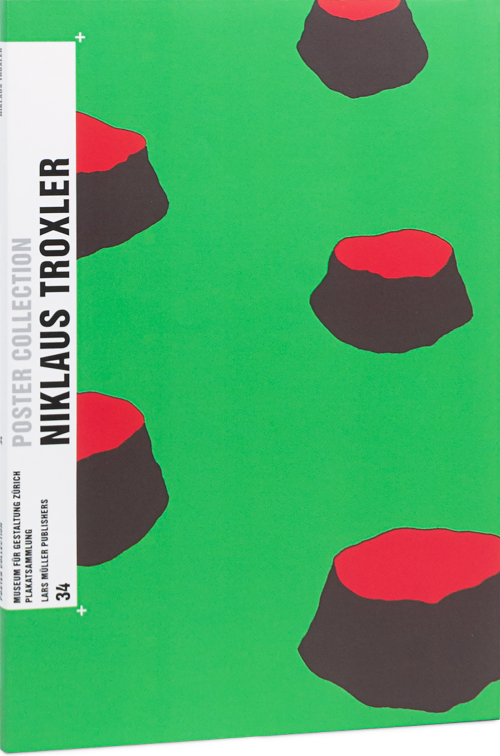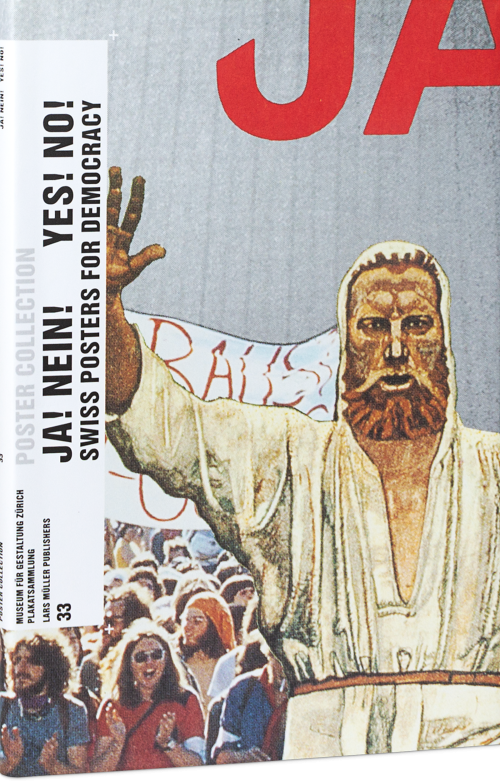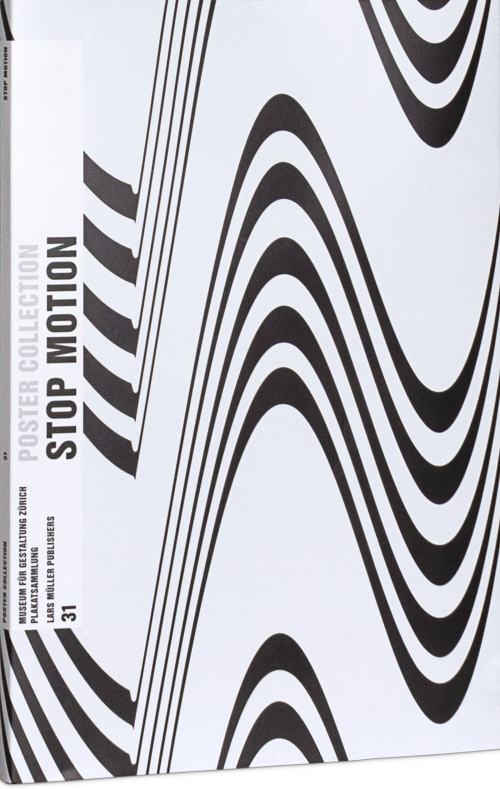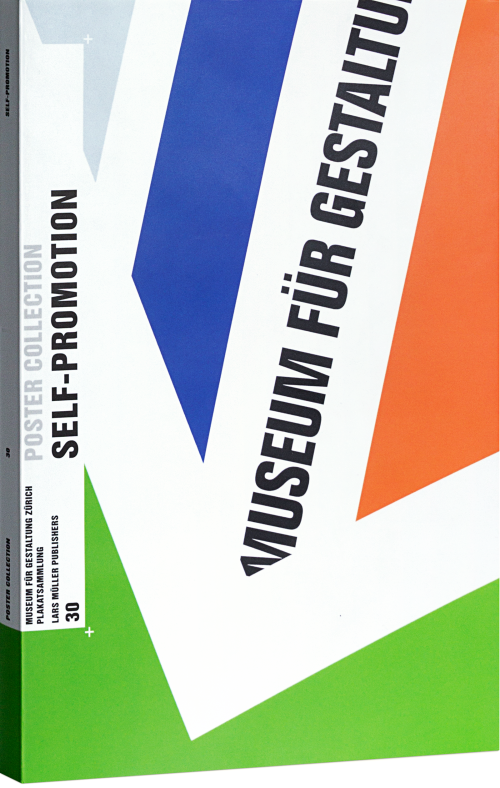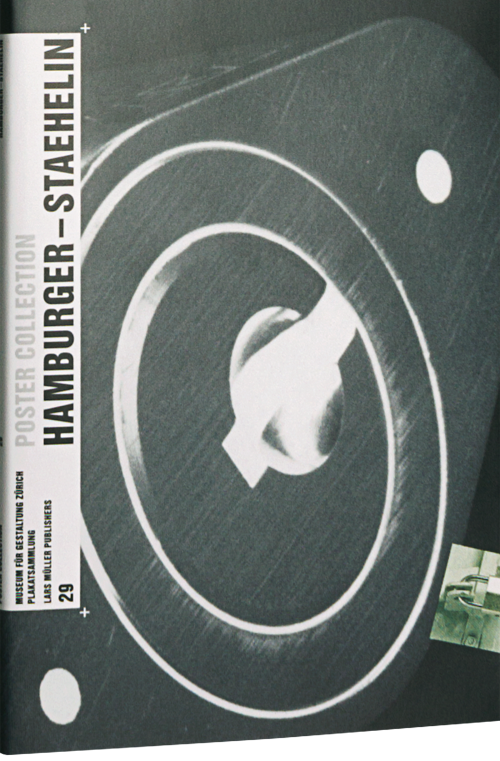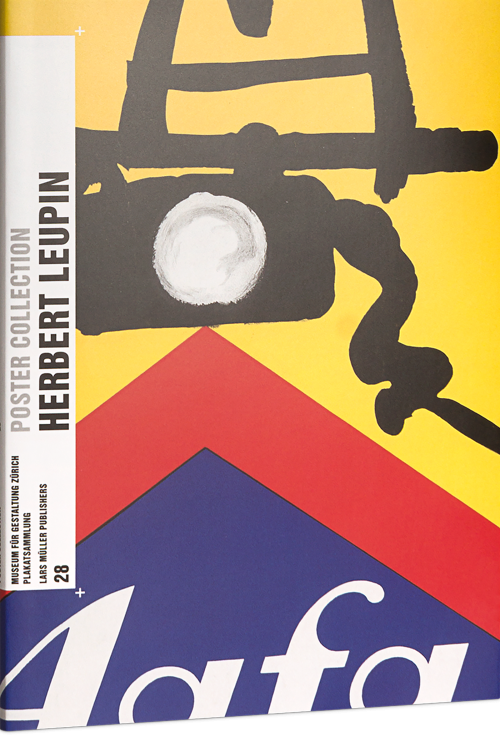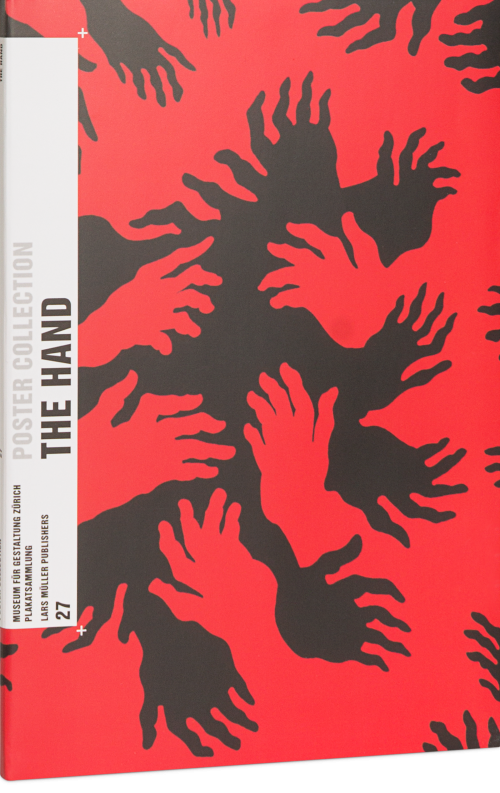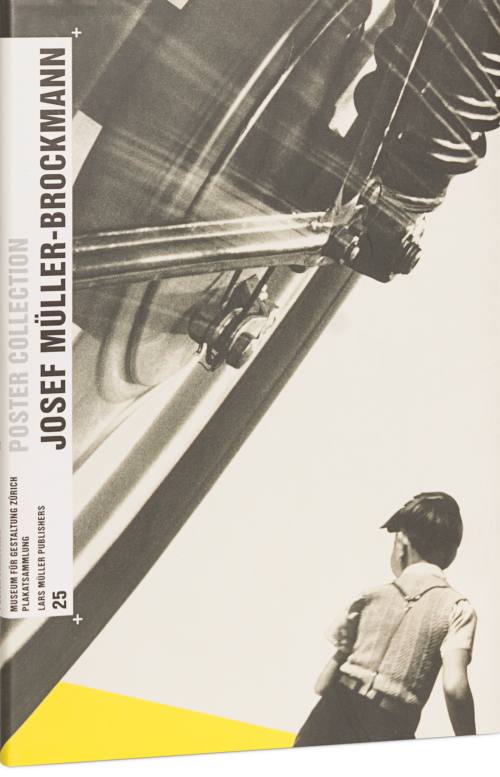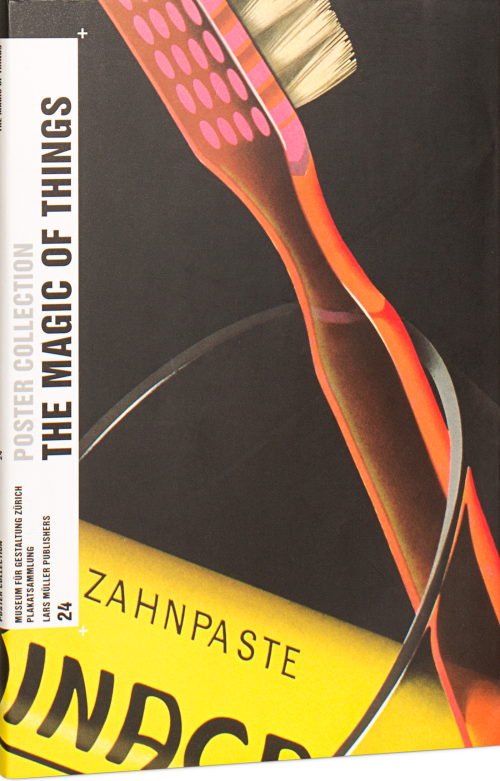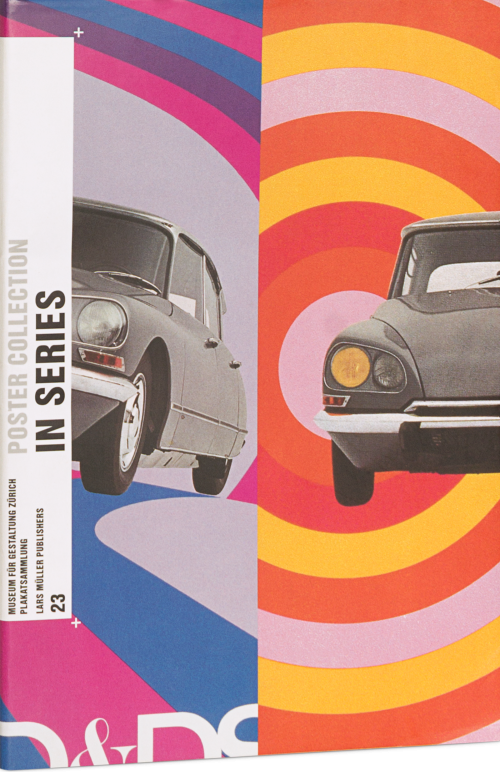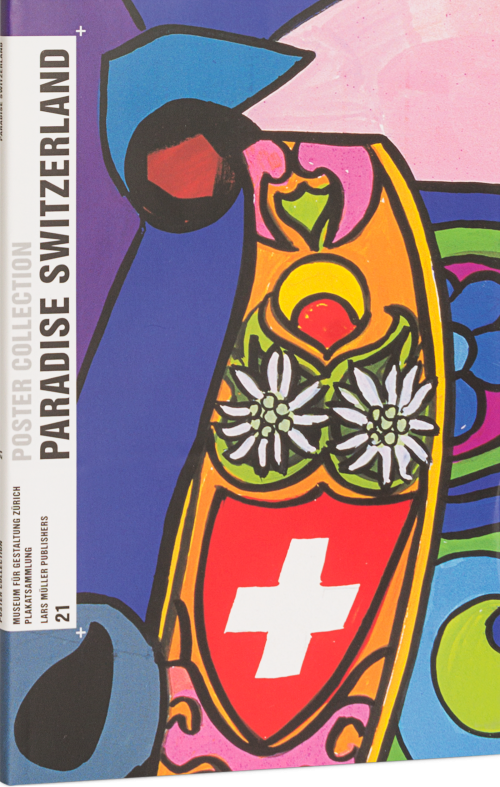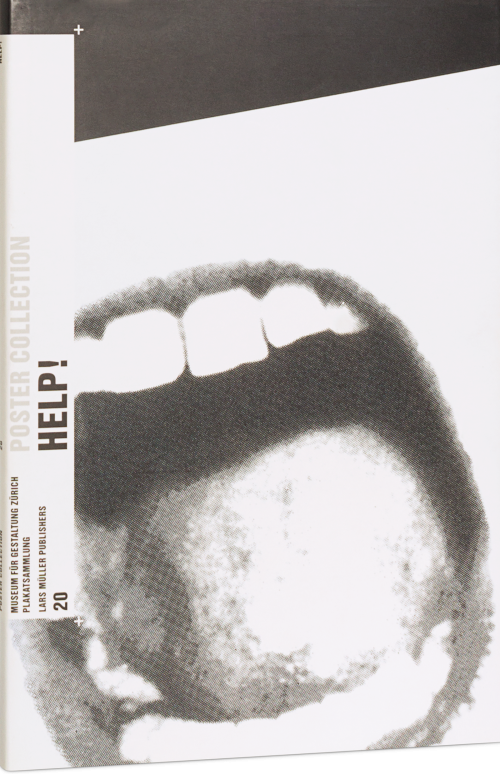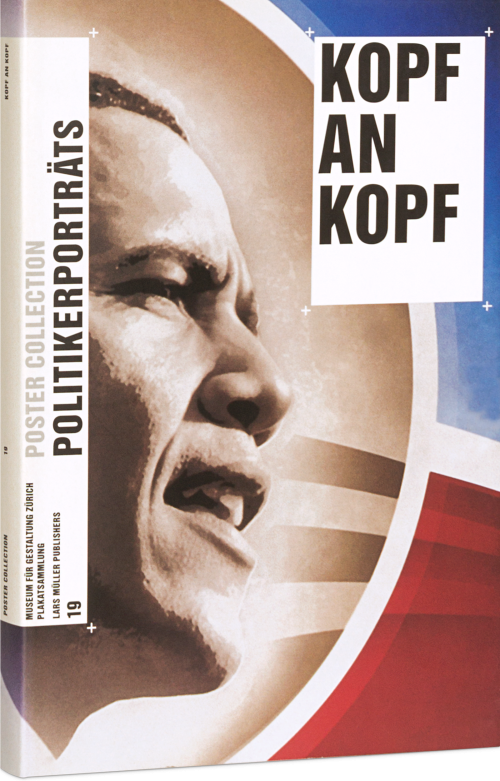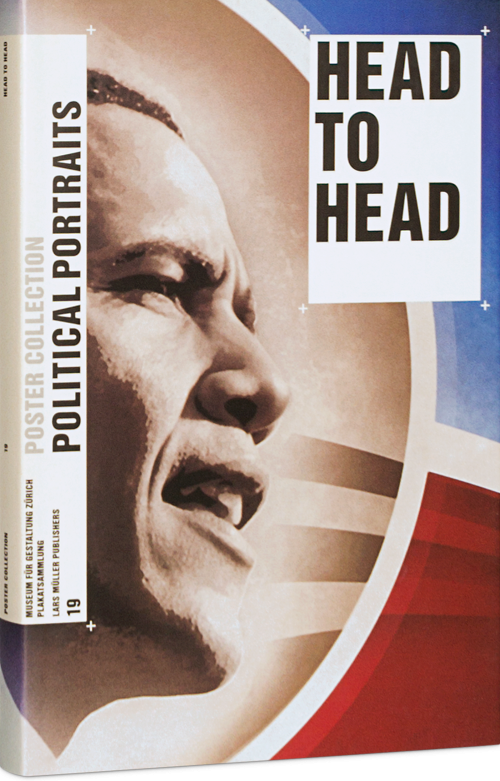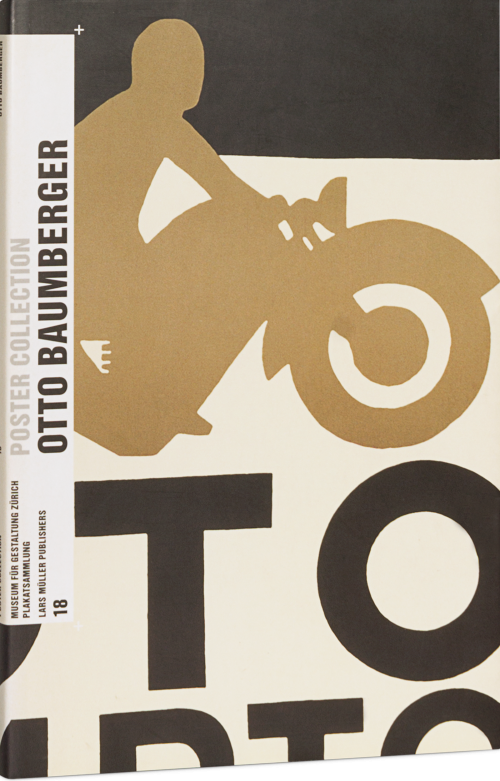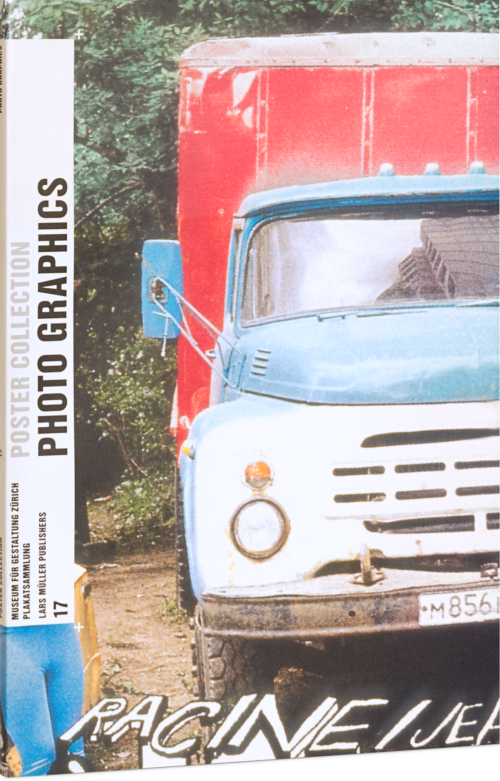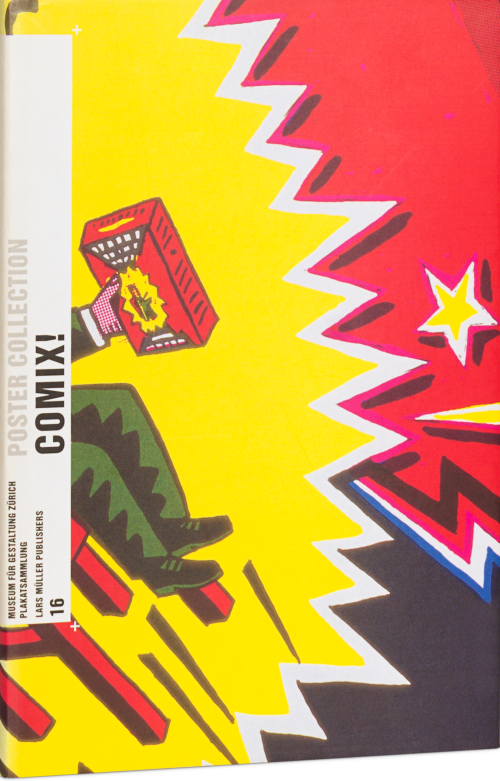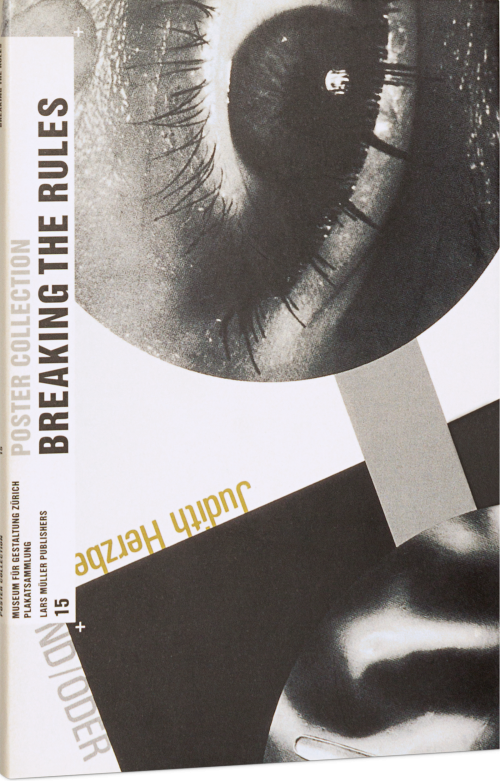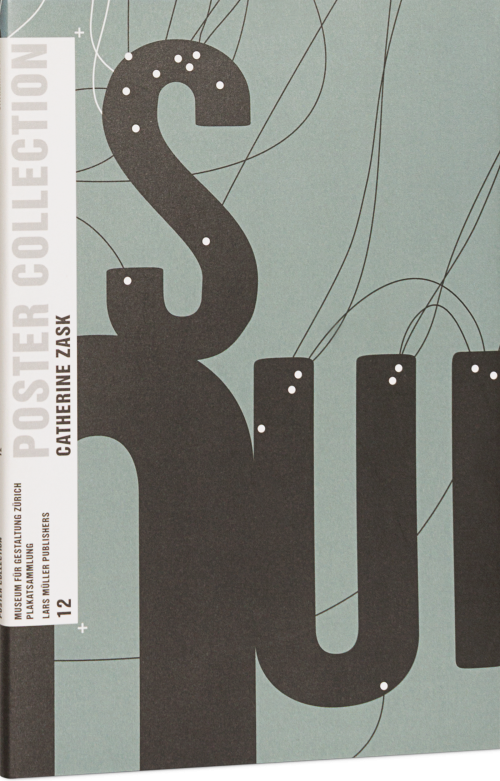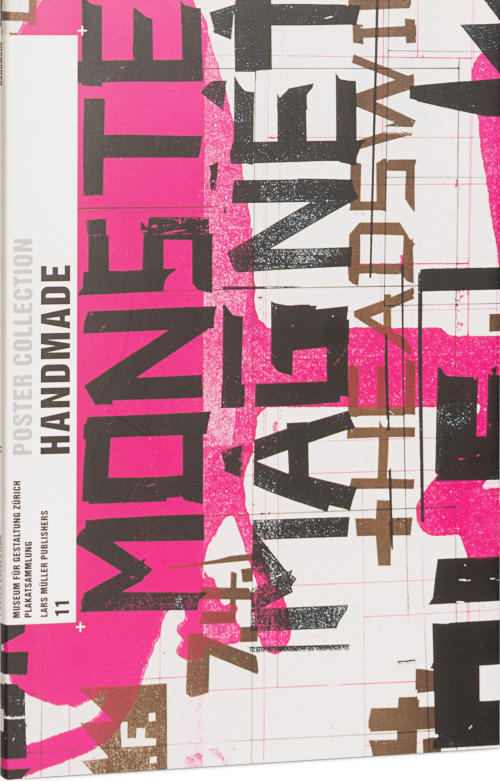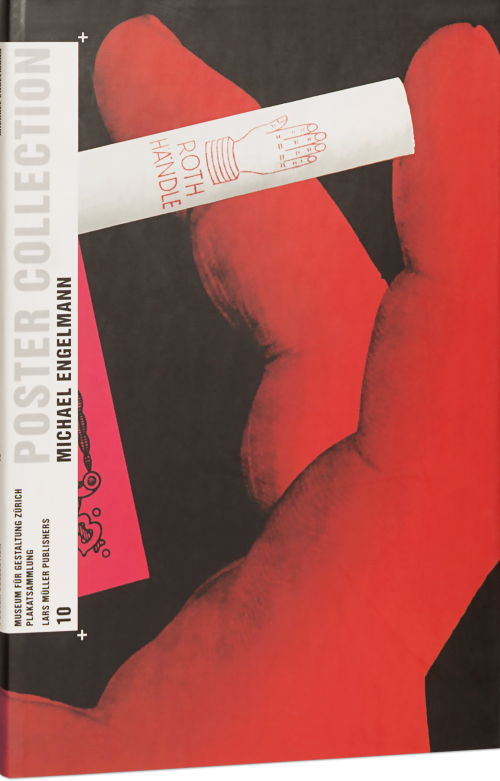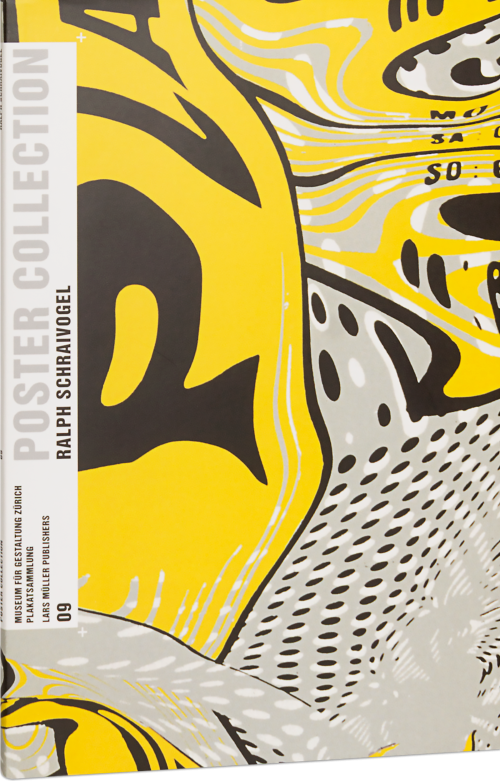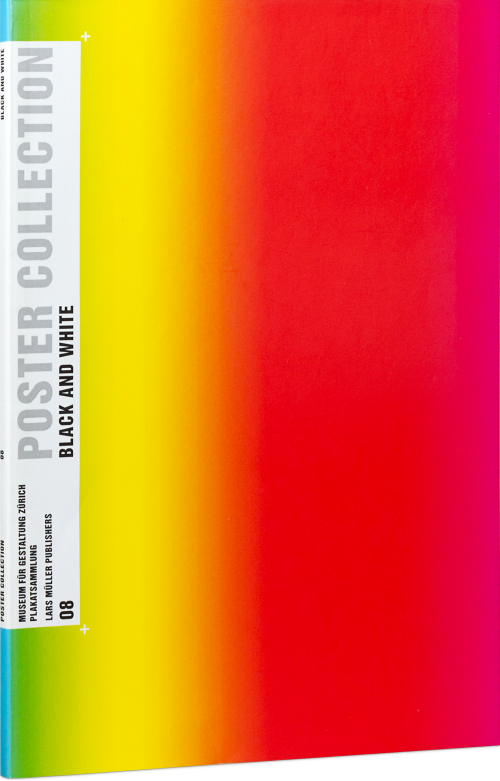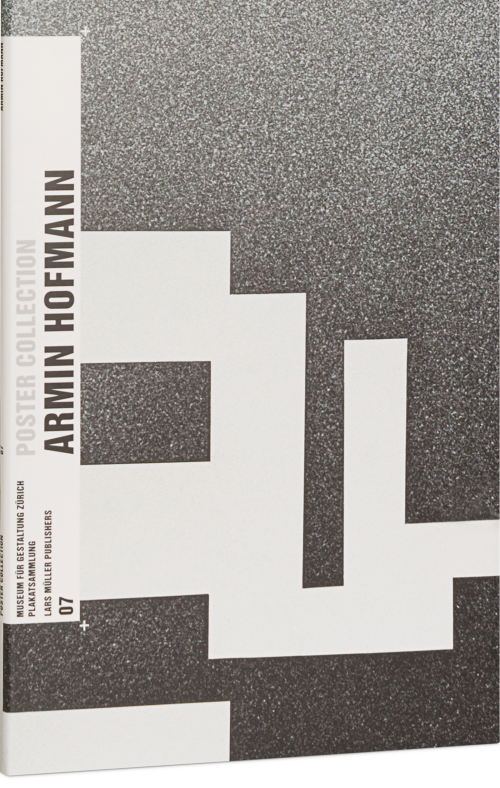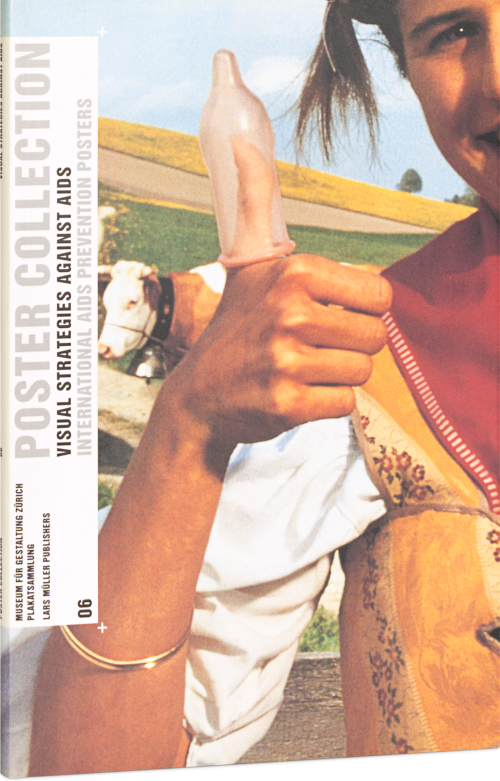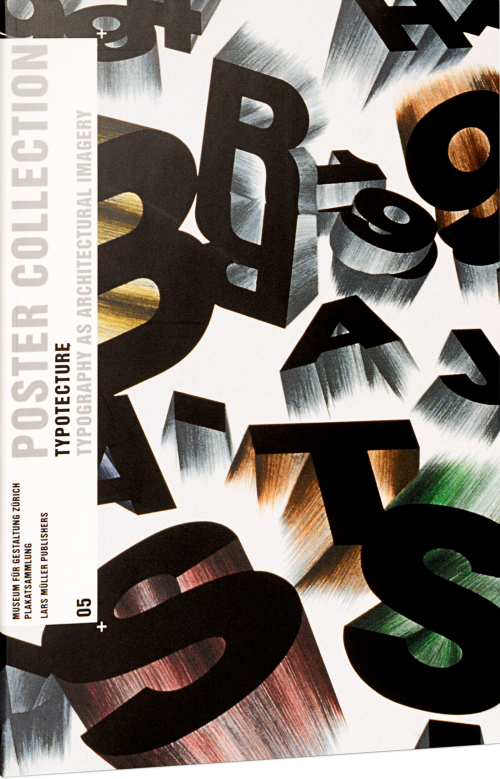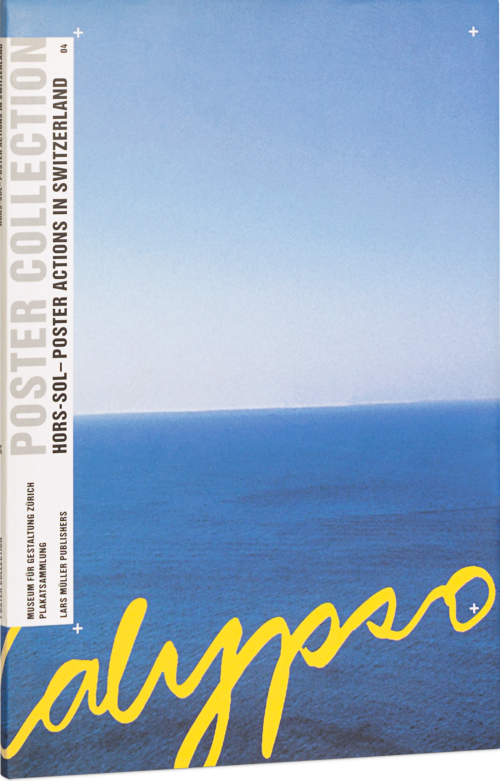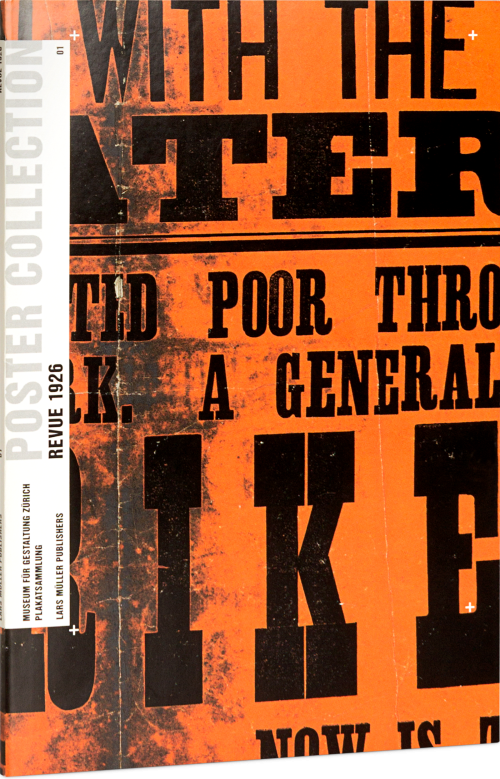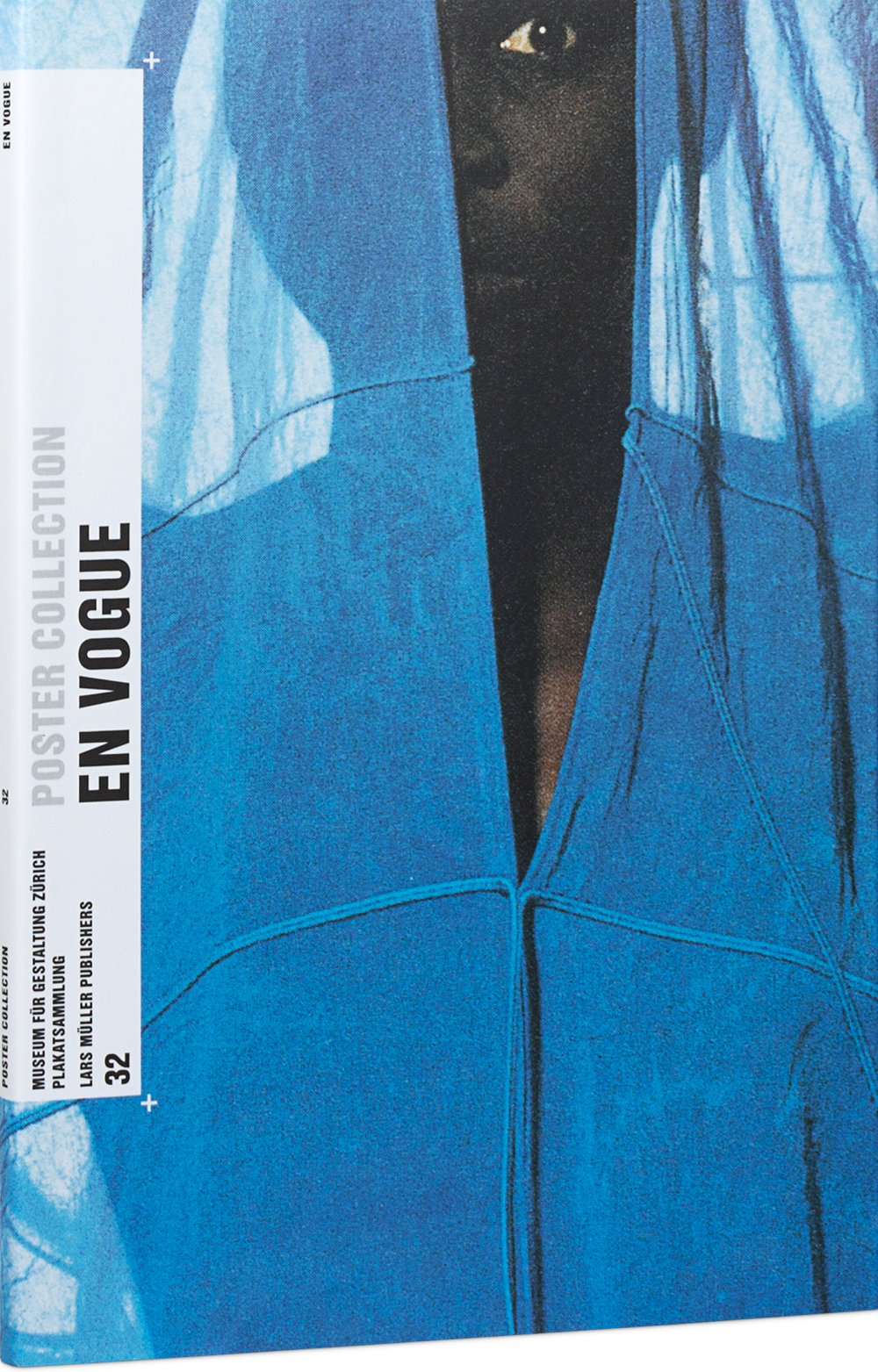
En Vogue
Advertising creates dream worlds, yet always simultaneously bears witness to its era. Both these tendencies are exemplified in fashion posters. Moving beyond the latest modish trends and beauty ideals, fashion posters reflect moral codes and social conditions. In particular, they pander to the longing to escape routine everyday life, for these posters suggest that it is possible to attain a completely new identity simply by opting for a different garment or style. Androgynous models and less normative images of men and women in the advertising industry mark the dawn of a new era that entails constantly balancing aspirations to individuality against a sense of collective belonging.
Fashion posters from past and present are lifestyle propositions; they tell stories, seduce and shock. Playing with convention and provocation, bodies are sometimes lavishly veiled and disguised, sometimes sensually staged. At times consumers are only indirectly encouraged to shop. A button or a coat collar as a pars pro toto illustrate product quality in historical posters. A new, somewhat controversial approach to fashion advertising emerges in Benetton campaigns from the early 1990s. Overtly erotic ostentation contrasts with poetic allusions that are for example the hallmark of highly aesthetic Japanese fashion posters. En Vogue brings together fashion advertising spanning roughly a hundred years and deploying myriad different PR strategies, in each case reflecting the cultures and periods in which it was created.
Advertising creates dream worlds, yet always simultaneously bears witness to its era. Both these tendencies are exemplified in fashion posters. Moving beyond the latest modish trends and beauty ideals, fashion posters reflect moral codes and social conditions. In particular, they pander to the longing to escape routine everyday life, for these posters suggest that it is possible to attain a completely new identity simply by opting for a different garment or style. Androgynous models and less normative images of men and women in the advertising industry mark the dawn of a new era that entails constantly balancing aspirations to individuality against a sense of collective belonging.
Fashion posters from past and present are lifestyle propositions; they tell stories, seduce and shock. Playing with convention and provocation, bodies are sometimes lavishly veiled and disguised, sometimes sensually staged. At times consumers are only indirectly encouraged to shop. A button or a coat collar as a pars pro toto illustrate product quality in historical posters. A new, somewhat controversial approach to fashion advertising emerges in Benetton campaigns from the early 1990s. Overtly erotic ostentation contrasts with poetic allusions that are for example the hallmark of highly aesthetic Japanese fashion posters. En Vogue brings together fashion advertising spanning roughly a hundred years and deploying myriad different PR strategies, in each case reflecting the cultures and periods in which it was created.
This book is part of the Poster Collection series. Get the complete series here











